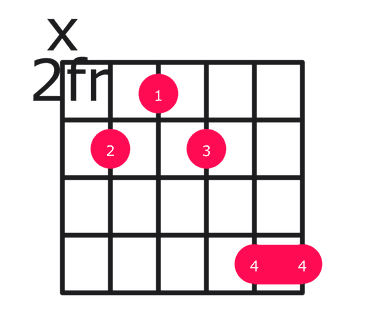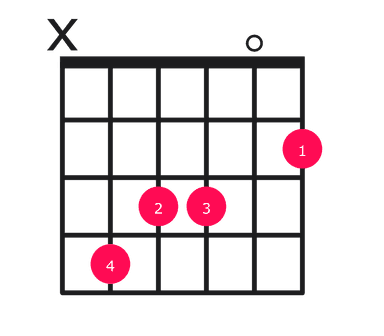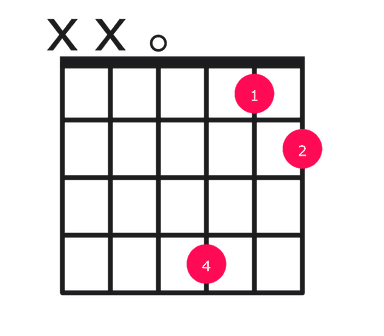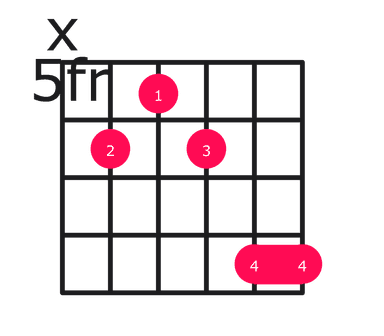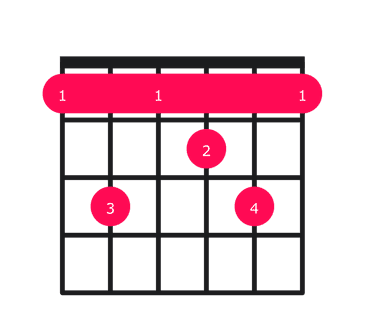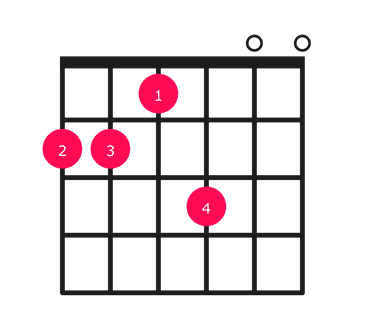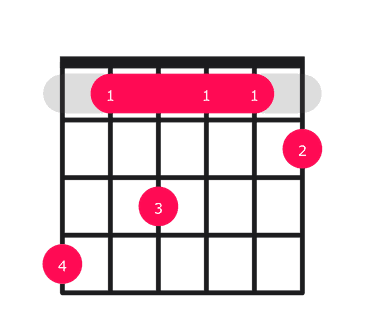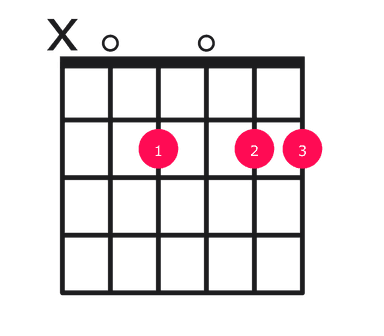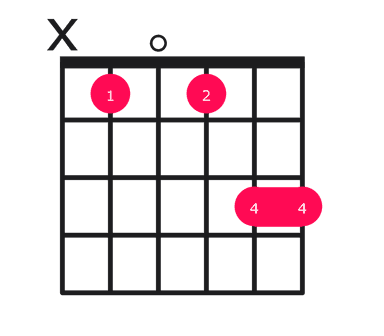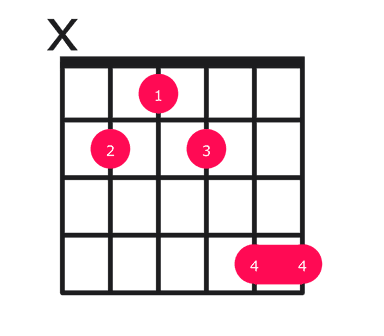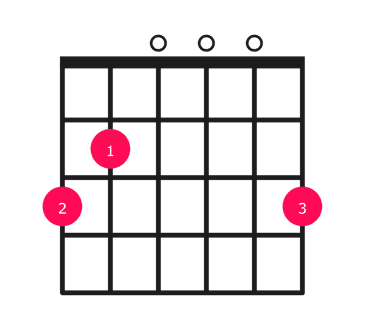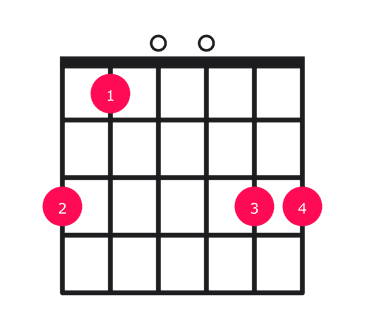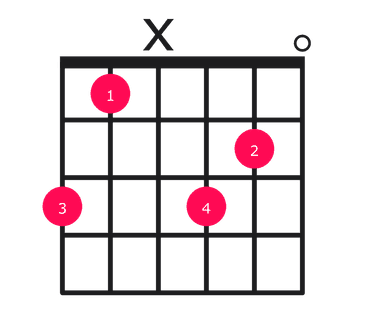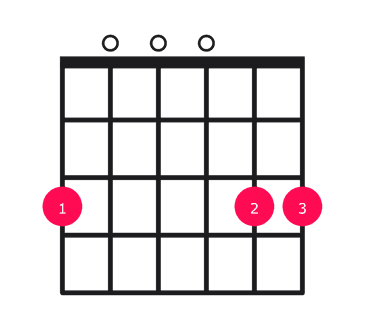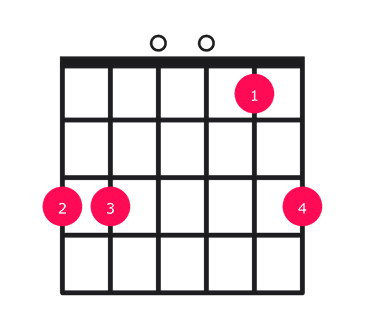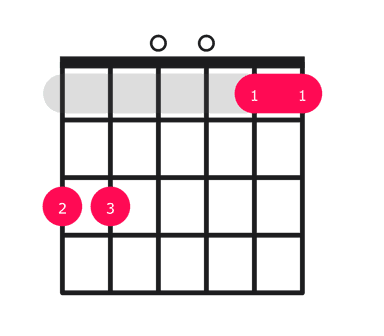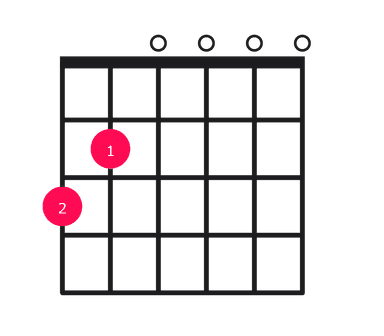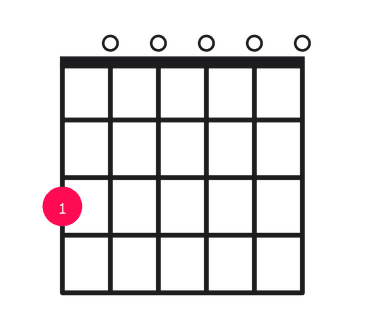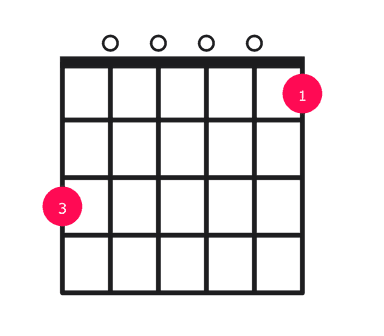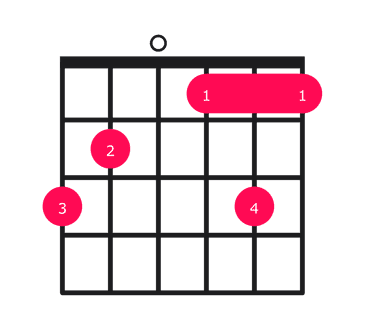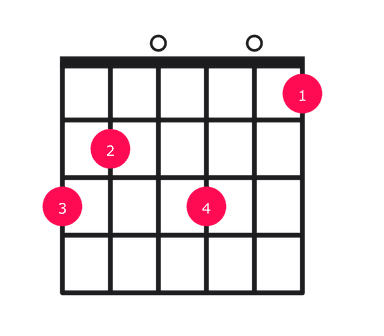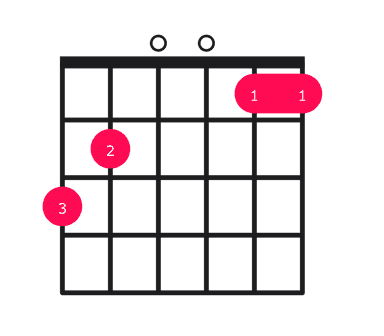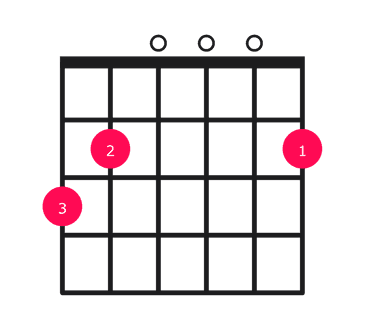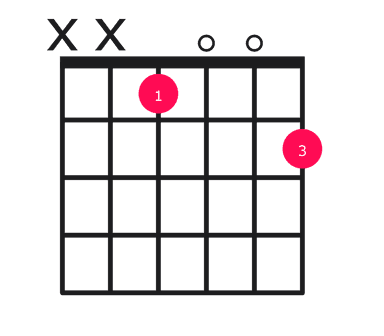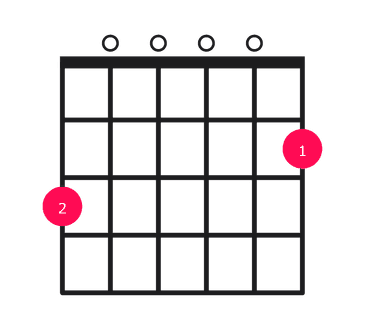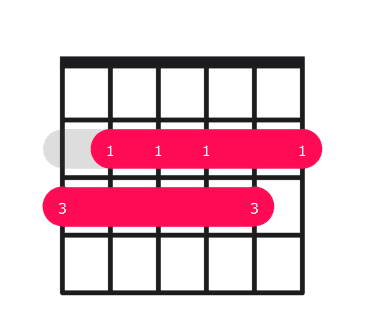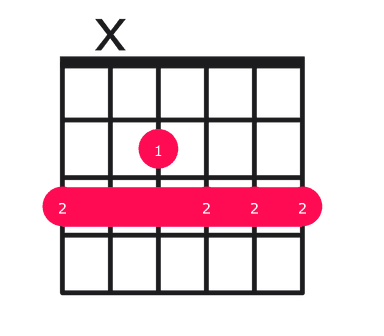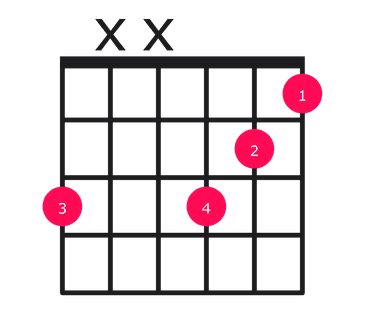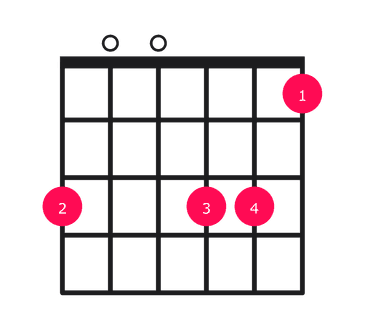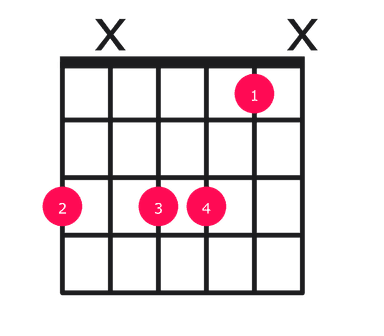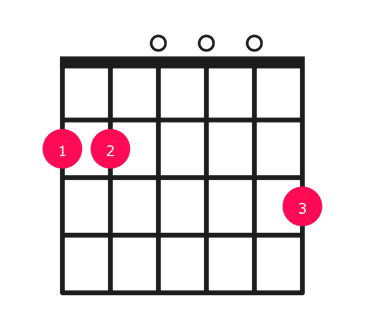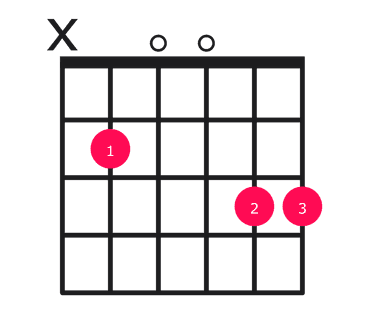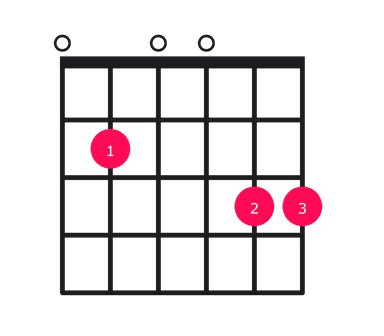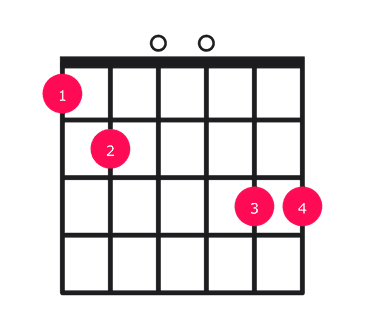How to play the G13 chord on guitar
Spice up your playing with this jazzy chord, featured in hits like "Moondance."
The G13 chord
The G13 chord, pronounced "G dominant thirteenth," is a rich and complex guitar chord that adds a jazzy, sophisticated flavor to progressions. Notable for its use of extended harmony, the G13 is often found in jazz, funk, and R&B music. While challenging to play, mastering the G13 can open up new creative possibilities and add an impressive color to your guitar playing.
There are many ways to play a chord. Here's a diagram for the most common G13 chord. We've also included other versions below.

Unlock your playing potential in online guitar lessons with experts on Til. Start today and achieve your guitar goals quickly. Find a top-rated teacher.
Finger placement for G13 chord
The G13 chord is typically played as a barre chord on the 3rd fret of the guitar.
Follow these finger positions to play a G13 chord on your guitar:
- Place your index finger on the 3rd fret of the 1st (high E), 2nd (B), 3rd (G), 4th (D), 5th (A), and 6th (low E) strings as a barre.
- Place your middle finger on the 5th fret of the 4th (D) string.
- Place your ring finger on the 5th fret of the 2nd (B) string.
- Place your pinky finger on the 5th fret of the 1st (high E) string.
To strum this chord, play all six strings together in a downward motion, starting from the 6th (low E) string and moving towards the 1st (high E) string.
How to play an easy G13 chord on guitar
If you're a beginner looking to play a simpler version of the G13 chord, try this:
- Place your middle finger on the 3rd fret of the 1st (high E) string.
- Place your ring finger on the 3rd fret of the 2nd (B) string.
- Play only these two strings together for a simple G13 chord.
How to play a G13 bar chord
Playing the G13 chord as a barre chord can be a great way to add a full, rich sound to your guitar playing, especially when playing with other musicians or in a band setting.
Here's how to play a G13 barre chord:
- Place your index finger across all six strings at the 3rd fret, creating a barre.
- Place your middle finger on the 3rd fret of the 2nd (B) string.
- Place your ring finger on the 5th fret of the 4th (D) string.
- Place your pinky finger on the 5th fret of the 3rd (G) string.
- Strum from the 5th (A) string down to the 1st (high E) string.
Common G13 chord progressions
The G13 chord is often used to add a bluesy, jazzy, or sophisticated flavor to chord progressions, creating a smooth and complex emotional atmosphere. Here are some common G13 chord progressions:
- I7 - IV13 - V7 (G7 - C13 - D7) - Used in "Sir Duke" by Stevie Wonder and "Moondance" by Van Morrison
- II13 - V13 - I7 (A13 - D13 - G7)
- I13 - VI7 - II13 - V7 (G13 - E7 - A13 - D7)
- III13 - VI13 - II13 - V13 (B13 - E13 - A13 - D13)
- I13 - IV13 - VII13 - III13 (G13 - C13 - F#13 - B13)
Drills to master the G13 chord
Mastering the G13 guitar chord can be achieved through focused drills. One effective exercise is to play each note of the chord individually, starting with the lowest note and ascending to the highest. Focus on producing a clear, sustained tone for each note before moving on to the next.
Another beneficial drill is to practice transitioning smoothly between the G13 chord and other common chords, such as C, D, and Em. Begin by playing the G13 chord, then seamlessly shift to the next chord, maintaining a consistent rhythm throughout the progression. With dedicated practice, you'll develop muscle memory and fluidity in your chord changes.
Unlock your playing potential in online guitar lessons with experts on Til. Start today and achieve your guitar goals quickly. Find a top-rated teacher.
Jason A.
"This class was a perfect fit for me. It was refreshing to find an intermediate class that focused on harmony and voice leading. It was nice to have the opportunity to chat live and ask questions to clarify things in real time."
Songs that feature the G13 chord
Here are 10 popular songs you can play with the G13 chord.
- Sir Duke by Stevie Wonder (G13, C, C#dim7, Dm7, G7, Em7, A7, Am7, D7)
- I Wish by Stevie Wonder (G13, C, C#dim7, Dm7, G7, Em7, A7, Am7, D7)
- Isn't She Lovely by Stevie Wonder (G13, C, C#dim7, Dm7, G7, Em7, A7, Am7, D7)
- Superstition by Stevie Wonder (G13, Cm7, C7, Fm7, F7, Bb7sus4, Eb7sus4)
- You Are the Sunshine of My Life by Stevie Wonder (G13, Dm7, G7, Em7, A7, Am7, D7)
- Signed, Sealed, Delivered (I'm Yours) by Stevie Wonder (G13, C, C#dim7, Dm7, G7, Em7, A7, Am7, D7)
- Boogie On Reggae Woman by Stevie Wonder (G13, C, C#dim7, Dm7, G7, Em7, A7, Am7, D7)
- Don't You Worry 'bout a Thing by Stevie Wonder (G13, C, C#dim7, Dm7, G7, Em7, A7, Am7, D7)
- Overjoyed by Stevie Wonder (G13, C, C#dim7, Dm7, G7, Em7, A7, Am7, D7)
- Knocks Me Off My Feet by Stevie Wonder (G13, C, C#dim7, Dm7, G7, Em7, A7, Am7, D7)
How a guitar teacher can help
If you feel stuck in your playing, it might help to take personalized guitar lessons with an expert guitarist. Taking lessons with a pro gives you access to the skills, feedback, and motivation to reach your goals.
You can find expert guitar teachers to support you in the journey. Thousands of people have turned to online guitar lessons on Til, instead of traditional in-person lessons, because Til gives you access to the best teachers in the world from the comfort of home. And with flexible scheduling, secure payments, lesson recordings, and a private chat with your teacher–there’s never been a better way to learn guitar.
